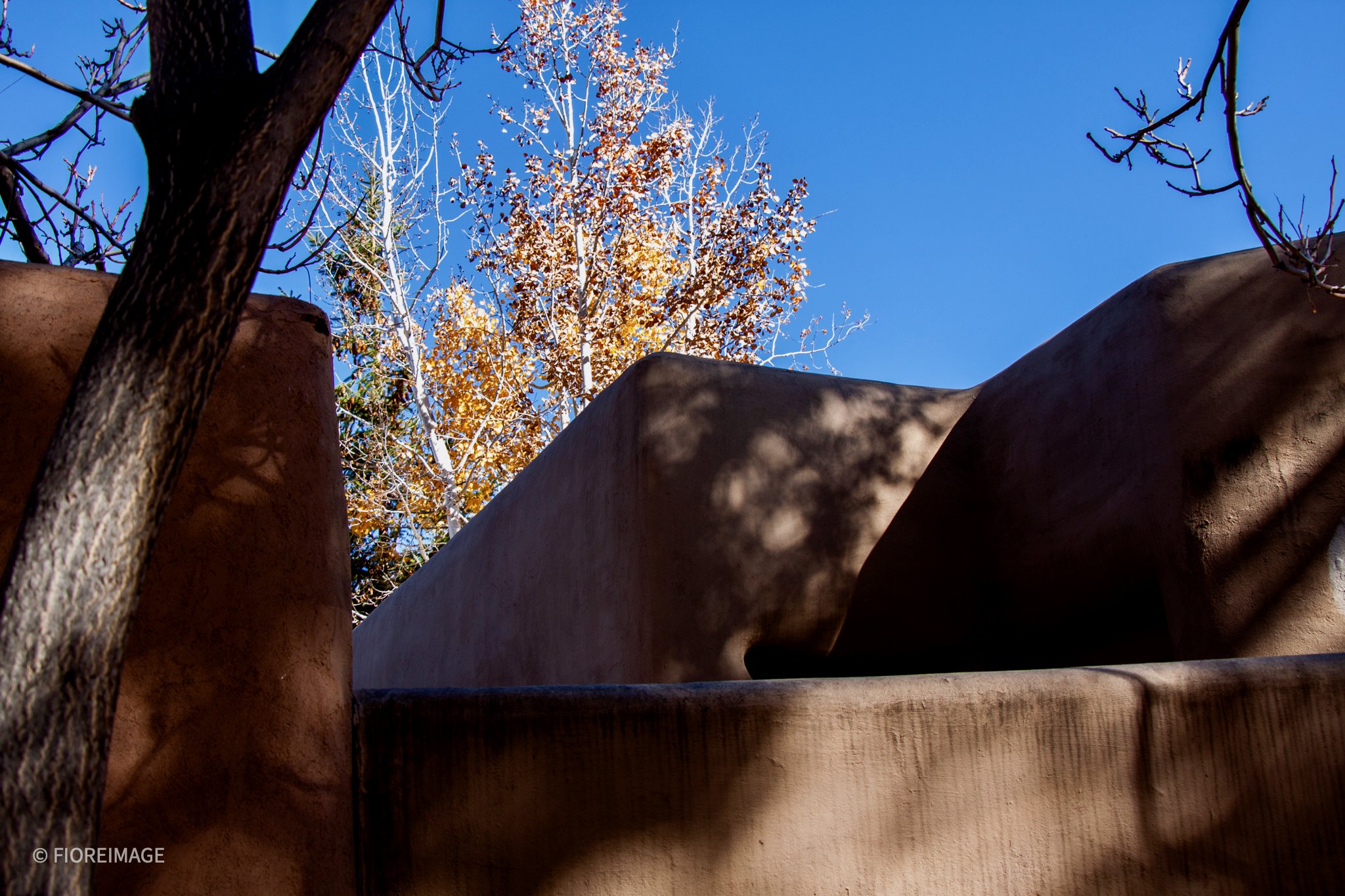You may need to construct sets for a setting you’d like to have. But for scenes where an actual location will do, you’ll need to do some scouting to find the best spots. Take a camera with you and do as much traveling as possible, snapping shots of places you think will serve as the perfect setting for particular scenes.
My tip: Always consider the space required by the cast and crew. Don’t choose a cramped, narrow space where only the actors will fit well and not the cameras, lights, etc.
Every business needs videos.
#FIOREIMAGE #Videographer #SantaFeVideographer #InternationalVideographer #Filmmaker




















